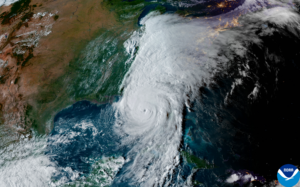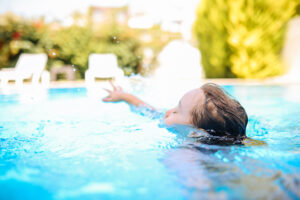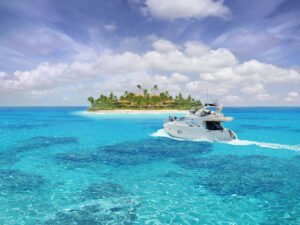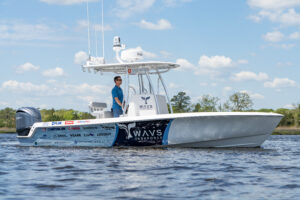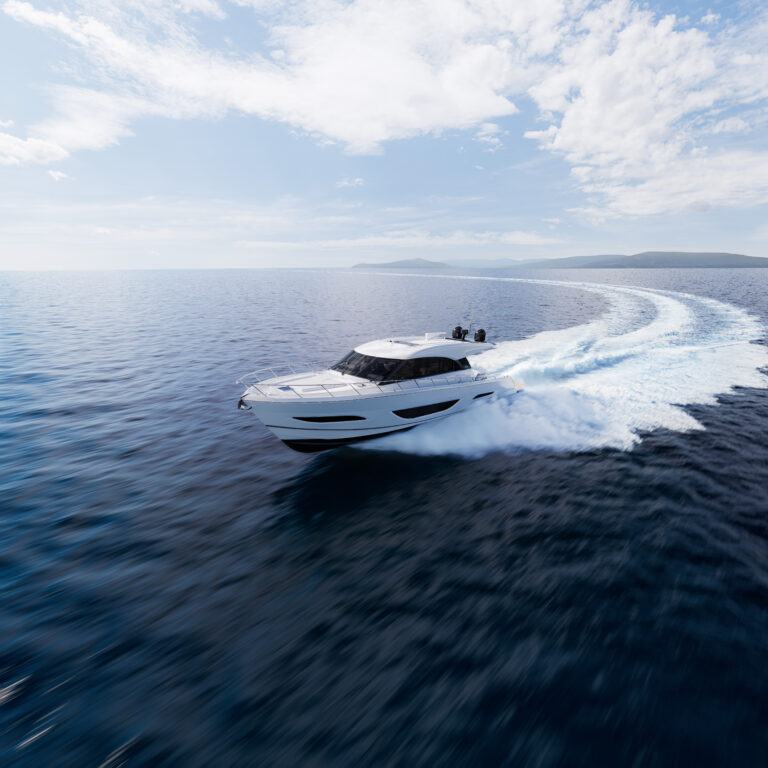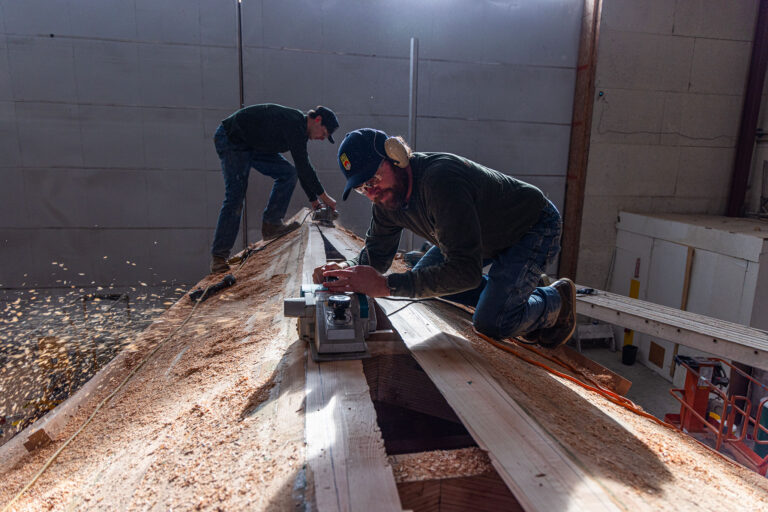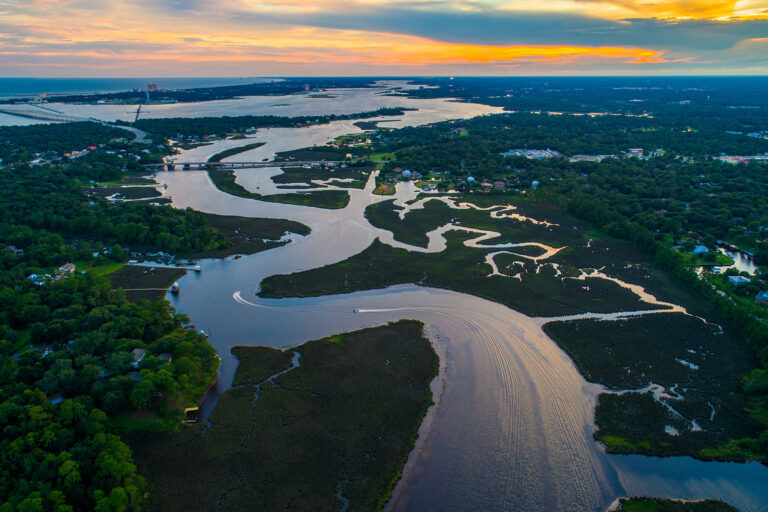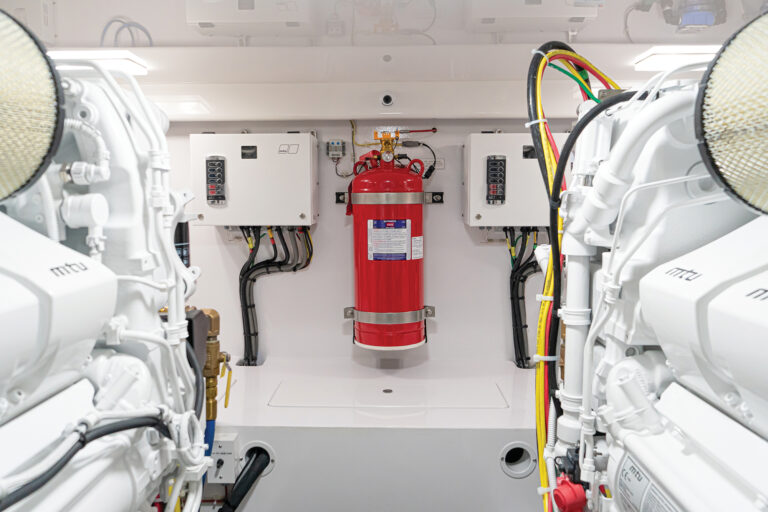Some of us would rather scrape barnacles than cough up $200 a gallon for bottom paint. But —
Some of us would rather scrape barnacles than cough up $200 a gallon for bottom paint. But — and you might not want to hear this — these high-priced paints might actually be worth the money.
I spent nearly nine years testing anti-fouling paints for now-defunct Powerboat Reports. During the last few years of my tenure, it became clear that nearly all bottom paints effectively warded off hard growth such as barnacles and tube worms. The better ones also kept soft growth to a minimum, and the best allowed no growth at all for at least one season. Most of the paints that allowed hard growth were coatings made for low-salt or freshwater areas.
We tested in high-salt areas. Testing involved painting fiberglass panels with upwards of 60 different coatings and submerging them in designated areas in the Florida Keys and Long Island Sound. The panels were pulled and rated every six months or so. Occasionally, a lower-priced paint would prevail, but more often than not it was the pricier paints that earned top honors.
Interlux Micron 66 and Pettit Trinidad SR stick out in my mind as two of the best. I used both paints on my 21-foot walkaround in 2003, essentially crisscrossing the bottom with the coatings. The port bow and starboard stern were coated with Micron 66, the starboard bow and port stern with Trinidad SR. We called it a draw after four years. Yes, it took four years before either paint threw in the towel and began to allow hard growth. Both paints allowed some soft growth, but it was easily removed with a soft brush. Sea Hawk also deserves kudos. I never long-term tested one of its coatings on my boat, but Sea Hawk paints consistently excelled in the tests for Powerboat Reports.
Interestingly, Micron 66 and Trinidad SR are two completely different paints. Micron 66 is a time-released, self-polishing paint that works only in salt water. There’s nothing fancy about Trinidad; it’s a high-copper hard paint. They do have something in common, however: Both cost more than $200 a gallon.
“You get what you pay for with antifouling paints,” says Interlux vice president of marketing Robert Donat. “If a paint has a high copper content, that costs money. If it works with an advanced technology … that costs money.”
But remember that many of the expensive paints last more than one season. You no longer must paint or hire someone to paint your boat every spring. A simple touch-up here and there may only be needed. That’s all that was necessary in the spring of 2007 for Soundings editor Bill Sisson, who painted his 17-foot Boston Whaler with Micron 66 in 2004. “There have been no barnacles whatsoever on the painted surfaces and minimum slime,” he reports.
This spring, Sisson washed the flaky portions of the bottom with a soft brush and low-pressure hose, then rolled on a thin coat of Micron 66 over most of the bottom. “It was probably overkill,” he says. Next spring, he anticipates only having to paint along the waterline and “touch up” again.
“It’s the best stuff I’ve found since TBT [tributyltin] at controlling growth,” he says. “And because it’s self-polishing, you don’t get that big paint buildup. This is the fifth season with the paint.”


